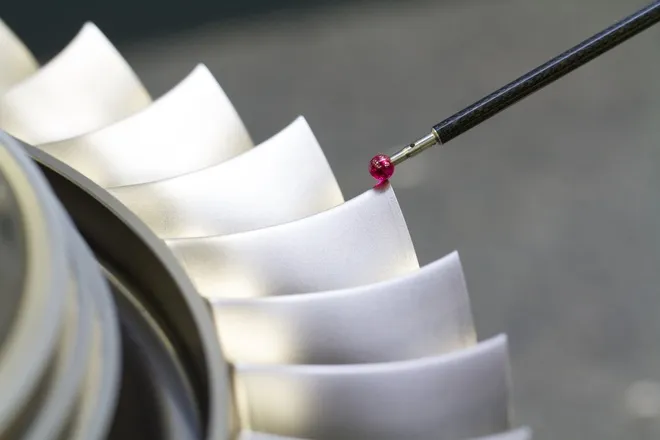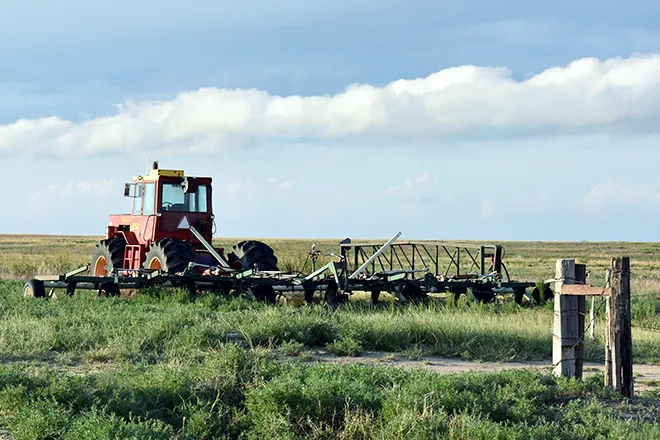Image

Pros and Cons of Using Fiber-Optic Cables
©
Fiber-optic cables continue to grow in popularity and have irrevocably changed the world of data transfer. If your network is currently connected via traditional copper wire cables, you may be wondering if making the switch is a good decision. To help you weigh the pros and cons of using fiber-optic cables so you can make an informed decision, we’ve composed this simple guide.
Advantages of Using Fiber Optic Cables
- Speed: One of the most notable advantages of fiber-optic cabling is the speed at which it can transmit data. In comparison to copper wire cabling, fiber-optic cables can support far greater bandwidth speeds of over 10 gigabits per strand.
- Security: Because fiber optic cables don’t give off any signals, there’s no feasible way to listen in on the light pulses being transmitted through them. Furthermore, attempting to penetrate the glass cable will cause light to leak out, triggering an easy-to-identify system failure. As such, fiber-optic cables are highly effective at facilitating secure data transfers.
- Scalability: Fiber-optic cabling is also highly scalable. Installing new equipment over an original fiber is relatively simple in comparison to other connection options. As such, they’re an ideal option for growing businesses and operations.
Disadvantages of Using Fiber-Optic Cables
- High Up-Front Costs: One of the main downsides of using fiber-optic cables is the cost. While fiber-optic cables have the potential to save companies a significant sum of money in the long run, they do require a sizable up-front investment. If you decide to switch from copper wire cabling to fiber-optics, brace yourself for some high installation costs.
- Difficulty of Installation: Part of the reason why fiber-optic cables require such a high initial investment is because they’re extremely difficult to install. In order to properly implement fiber-optic cabling, specialized equipment and experienced installation professionals are often required.
- Risk of Fiber Fuse: Another downside of using fiber-optic cables is the potential for fiber fuse. Fiber fuse is a phenomenon that occurs when too much light pulses through the strands of a fiber-optic cable and encounters an imperfection. In such an instance, large stretches of cable can quickly incur damage.
















